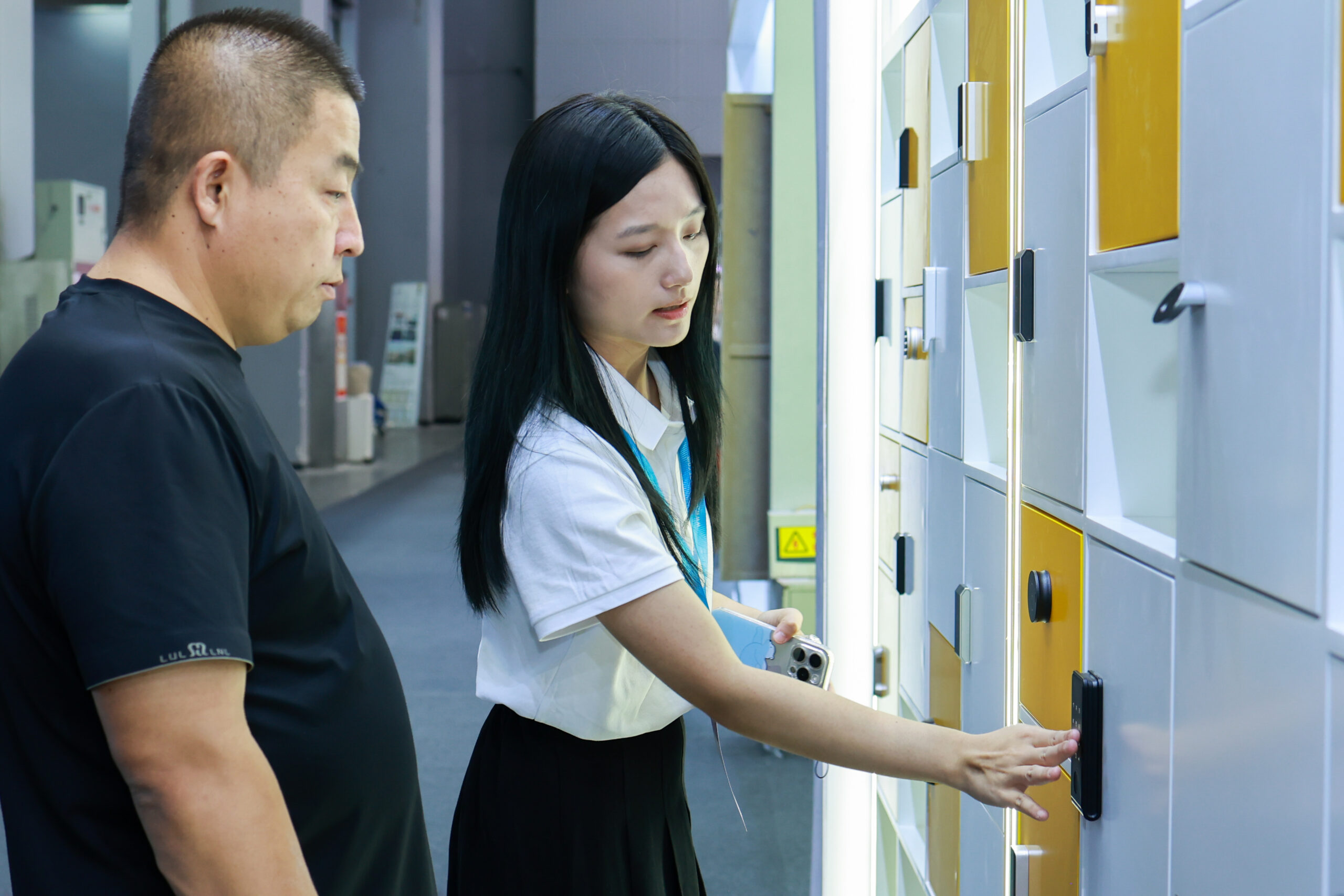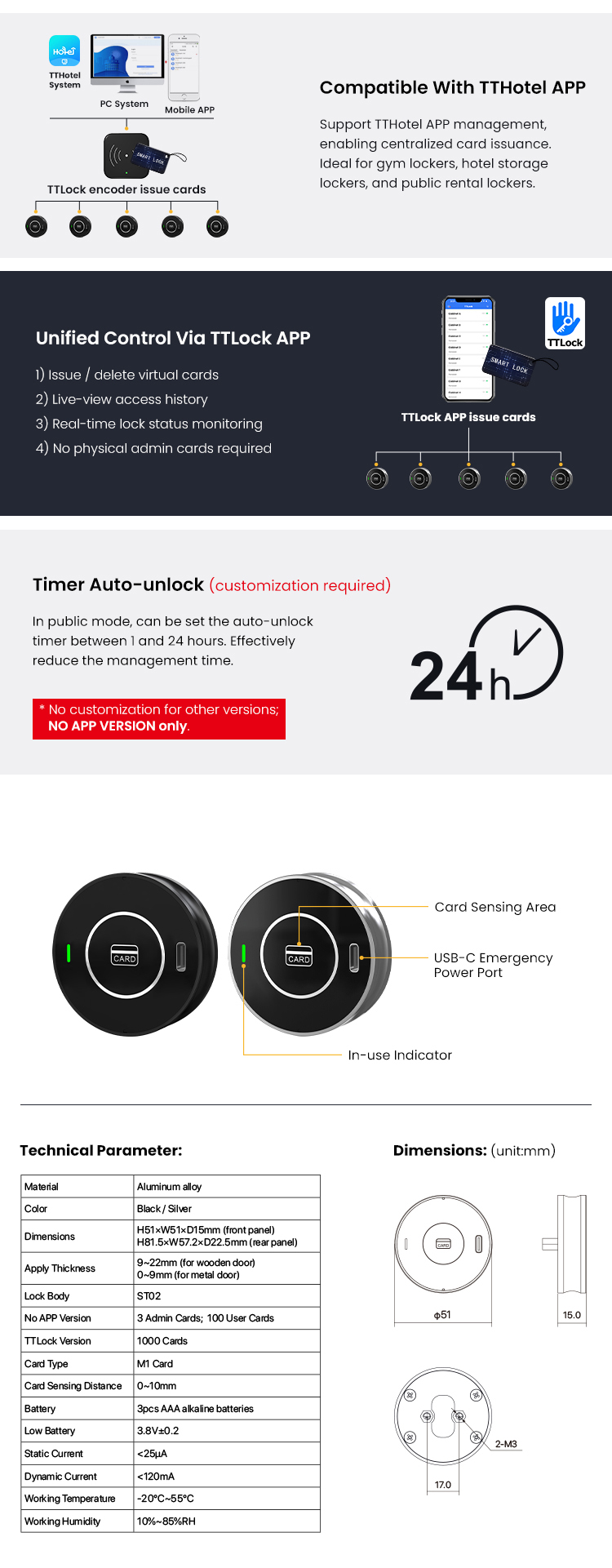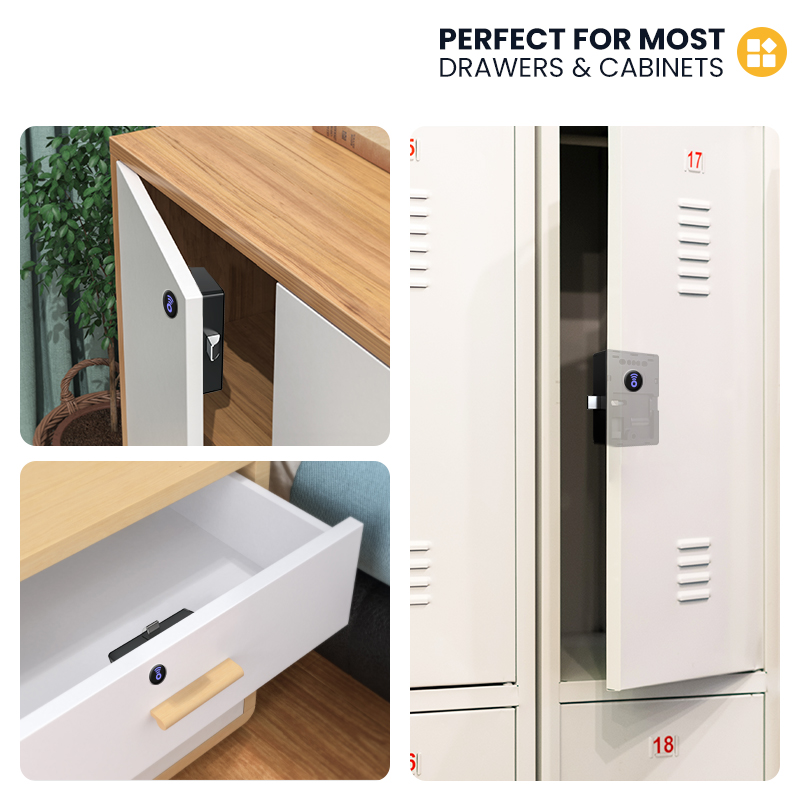RFID Locker Systems for Schools, Libraries, and Public Spaces: Enhancing Security and Efficiency with KEMUU

In today’s fast-paced educational and public environments, security, efficiency, and convenience are essential. Schools, libraries, and public spaces are increasingly turning to RFID locker systems to meet these needs, providing a modern solution for storing personal belongings, books, or sensitive equipment. Among leading providers, KEMUU offers advanced smart locker solutions like the Y100C RFID/NFC cabinet lock, designed to streamline management and enhance user experience across various settings.
Understanding RFID Locker Systems
Radio Frequency Identification (RFID) locker systems use electromagnetic fields to automatically identify and track tags attached to objects or users. Each locker is equipped with an RFID reader, and users can access lockers using RFID cards, key fobs, or wristbands. This technology eliminates the need for traditional keys, reduces administrative work, and enhances security.
Key benefits of RFID locker systems include:
-
Secure Access: Only authorized users can open assigned lockers, reducing the risk of theft or misuse.
-
Operational Efficiency: Administrators can easily monitor usage, track locker occupancy, and manage access permissions remotely.
-
Durability and Reliability: Advanced RFID locks, like KEMUU’s Y100C, are made from full-metal construction, ensuring long-lasting performance in high-traffic areas.

Applications in Schools
Schools face unique challenges in managing student belongings, from textbooks to personal items. Traditional lockers can be time-consuming to maintain, and lost keys or combinations often lead to administrative headaches. RFID locker systems provide a modern alternative by allowing students to access lockers quickly using an RFID card or wristband.
Advantages for schools include:
-
Streamlined Administration: Teachers and staff can assign or revoke access easily without replacing locks or keys.
-
Enhanced Student Safety: RFID systems provide audit trails, so administrators know who accessed each locker and when.
-
Customizable Solutions: KEMUU offers lockers compatible with various school management systems, allowing integration with student ID cards or campus apps.
Moreover, RFID lockers can support after-school programs and sports facilities, ensuring that student belongings remain secure during extracurricular activities.
Libraries: Simplifying Borrowing and Storage
Libraries often face logistical challenges in managing both books and patrons’ personal belongings. RFID locker systems can be integrated with library management systems to enhance user experience and operational efficiency.
Key benefits include:
-
Contactless Borrowing: Patrons can securely store their bags while browsing, reducing the risk of theft and improving the overall experience.
-
Inventory Management: RFID-enabled lockers can track usage patterns and occupancy, helping library staff optimize space allocation.
-
Seamless Integration: KEMUU’s Y100C lockers support NFC and RFID technologies, making it easy to link with library cards or mobile apps.
For modern public libraries, the ability to combine self-service storage with real-time monitoring significantly improves workflow and patron satisfaction.
Public Spaces: Elevating Security and Convenience
Airports, museums, gyms, and other public venues often provide temporary storage for visitors. Traditional coin-operated or keyed lockers are prone to theft, key loss, and maintenance issues. RFID locker systems address these problems by offering secure, user-friendly, and cost-efficient solutions.
Benefits in public spaces:
-
User Convenience: Visitors can open lockers using RFID cards or mobile apps, eliminating the need for cash or keys.
-
Enhanced Security: Electronic logging and monitoring allow facility managers to track access, preventing unauthorized entry.
-
Flexible Deployment: KEMUU lockers come in various sizes and configurations, suitable for small storage needs or larger public installations.
For gyms, spas, or recreational centers, RFID locker systems also integrate with membership programs, providing personalized access and adding value to the customer experience.
KEMUU Y100C: A Case Study in RFID Locker Innovation
The KEMUU Y100C RFID/NFC cabinet lock exemplifies the capabilities of modern smart locker technology. Designed for high-traffic educational and public environments, it features:
-
Multiple Access Modes: Supports RFID cards, NFC-enabled devices, and mobile app integration.
-
Durable Design: Made of full metal, resistant to tampering and wear.
-
Battery Efficiency: Long-lasting rechargeable batteries capable of handling thousands of cycles.
-
Audit and Management Functions: Administrators can monitor locker usage, assign access, and receive notifications for unusual activity.
In schools, libraries, and public spaces, the Y100C demonstrates how combining security, reliability, and convenience can significantly enhance operational efficiency.

Global Market Trends and Demand
The global demand for smart locker systems is growing rapidly. According to market research:
-
North America and Europe are leading the adoption of RFID lockers in schools, libraries, and corporate environments.
-
Middle East and Latin America are emerging markets, driven by modern infrastructure development and increasing security requirements.
-
Technological Integration: Facilities increasingly seek lockers compatible with mobile apps, cloud management, and IoT ecosystems.
KEMUU is strategically positioned to address these trends, offering solutions that meet both regulatory standards and user expectations across diverse regions.
Implementation Best Practices
To maximize the benefits of RFID locker systems, facilities should consider:
-
Assessing Needs: Determine locker sizes, user volume, and access frequency to select the right system.
-
Integration Planning: Ensure the system can integrate with existing school, library, or facility management software.
-
User Education: Provide clear instructions for students, patrons, or visitors to minimize misuse.
-
Regular Maintenance: Monitor battery status, firmware updates, and wear to ensure long-term performance.
Proper planning ensures that RFID lockers deliver both security and convenience, while avoiding operational disruptions.
Future Prospects
As technology evolves, RFID locker systems are expected to:
-
Incorporate biometric verification for added security.
-
Utilize cloud-based management for centralized control across multiple locations.
-
Support AI-powered analytics to optimize locker usage and predict maintenance needs.
KEMUU continues to innovate in these areas, ensuring that schools, libraries, and public spaces benefit from the latest advancements in smart security solutions.
Conclusion
RFID locker systems are transforming how schools, libraries, and public spaces manage security, convenience, and operational efficiency. By adopting advanced solutions like the KEMUU Y100C, facilities can provide secure, reliable, and user-friendly storage, improving the overall experience for students, patrons, and visitors.
With growing global demand and continuous technological innovation, RFID lockers are no longer a luxury—they are a necessity for modern institutions aiming to balance safety, efficiency, and user satisfaction. Investing in KEMUU smart locker solutions ensures facilities stay ahead of security challenges while offering cutting-edge convenience for all users.
